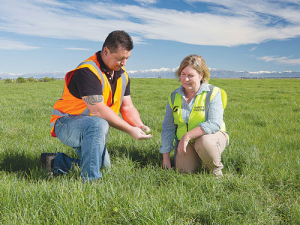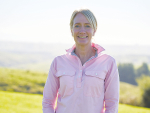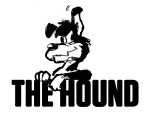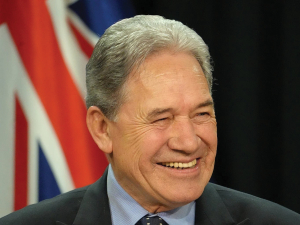No ‘magic bullet’ exists for managing a farm environmental footprint, says Ngai Tahu Farming’s general manager of dairy, Shane Kelly.
Instead, environmental efficiencies can be gained using a variety of tools and practices backed by scientific data and supported by key partnerships in the industry, he says.
In its sixth year of development, Ngāi Tahu Farming’s 6500ha development Te Whenua Hou (the new lands) project has seen pine forest converted to dairy farm pastures at Eyrewell, North Canterbury. Seventeen dairy and support farms are now running and three conversions remain to be done.
Ngāi Tahu Farming is the iwi’s independently governed farming arm with interests in dairy, grazing and forestry. They operate under the watch of 56,000 shareholders, so must be accountable for every method and product they use.
The project is to help manage the impact of development, in particular, nitrogen (N) leaching.
“We want to know we are doing good things for the environment,” says Kelly.
“Our whakataukī (mission statement) for Ngāi Tahu Farming is Toitū te Marae o Tāne, Toitū te Marae o Tangaroa, Toitū te iwi (‘when the land and water are sustained, the people will prosper’). Mō tātou, ā, mo kā uri a muri ake nei, for us and our children after us -- that underpins the very essence of the business.”
He says Ngāi Tahu expects that its involvement in farming will benefit the industry.
“Not only will we show leadership where we can, but more importantly we will share knowledge and kaitiakitanga -- stewardship of the environment.”
With N-use a big aspect of the conversion process, Ngāi Tahu Farming has several industry initiatives aimed at reducing nitrate leaching: lower stocking rates, planting plantain in existing and new pastures, variable rate irrigation, catch crops, less imported supplementary feed and less N fertiliser application.
Kelly says N use has become more tactical over time, and the farms now only use Ravensdown’s coated urea product N-Protect which helps lower the risk of volatilisation losses and reduces greenhouse gas (GHG) emissions.
“We’re being strategic in the use of N, asking if we really need it,” says Kelly. “We use N strategically to create our feed when it is low-risk and low-impact, to help set ourselves back up.
“With N-Protect there is a better return; we end up using less product overall because the utilisation rate is better.”
Sharing the data
Shane Kelly says the iwi’s next challenge will be new nutrient compliance limits in their zone.
“We live in a world of compliance and I don’t think that is a bad thing,” he says. “As an industry we have to lift our game and our image because there is so much good stuff happening out there.”
He says embracing all the available technologies will help them do better than meet compliance targets; and sharing that information with other farmers will be just as important.
“The tools take time to develop, but when they actually work the farmers will use them. Technology will get us there, but it will take time.
“We are fortunate in dairying that we don’t compete with our neighbour; we all supply milk to Fonterra and Synlait. Effectively we are all in the same boat, so if we can share that information we can all make the waka go a bit quicker.”


















